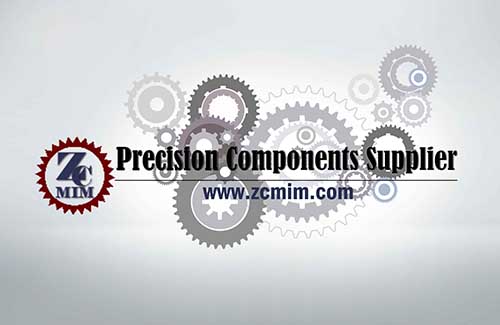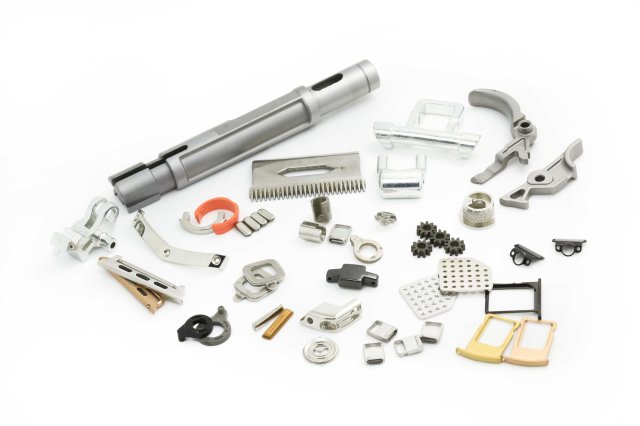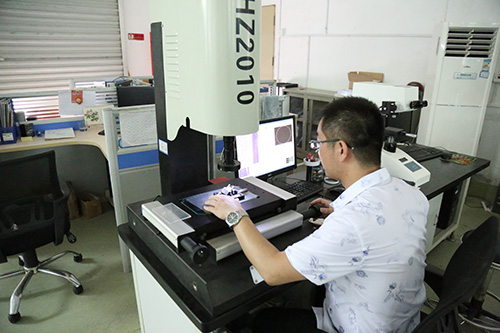Development Of MIM Technology Around The World
Despite the sluggish overall growth of the world economy since 2008, otherwise, with the rapid popularization and improvement of information technologies such as the Internet and the booming electronic product market, as well as the gradual maturity of MIM manufacturing technology, MIM products have been rapidly promoted and widely used in the field of electronic products . The development of medical devices has also led to the promotion of MIM technology. In addition, the innovative development of components in the traditional industrial fields such as automobiles, machinery, and hardware has also effectively promoted the rapid growth of the MIM market. Currently, the electronics, automotive, mechanical hardware and medical equipment industries are still the four areas with the largest share of global MIM applications. Driven by their demand, the global MIM market in 2012 exceeded 1 billion US dollars, followed by Promote the application more quickly, the global MIM market size in 2016 reached 2.283 billion US dollars, the average growth rate of 18.2% over the past eight years, an increase of 127.6% over 2010.
Current State Of China MIM Market
The electronic equipment industry is one of the main areas of applications for MIM components, accounting for approximately 50% of MIM component sales in Asia. The miniaturization of electronic components requires the production of lower cost, better performance, smaller parts, which is the
advantages of MIM parts.
MIM’s growth in China has benefited from the electronics industry (such as the mobile phone industry), which has seen the whole industry skyrocket since 2009. Especially in mid-2011, due to the competition from Apple and Samsung Electronics, MIM parts used in large quantities, is the craze never seen before.
Although China MIM technology started later than developed countries, however, the development momentum of the industry is strong, especially in recent years, driven by the rapid development of the Internet and intelligent terminals, the domestic mim market has seen rapid leaps and bounds. In 2011, the domestic market of mim broke through the mark of 1 billion yuan. By 2015, the market size has reached nearly 5 billion yuan, reaching 4.85 billion yuan. According to the global growth rate of the MIM, the market size is expected to reach 5.17 billion yuan by 2017.
At present, there are over 250 MIM manufacturers and workshops in China, including parts of feedstock companies, facility manufacturers.
Challenges For China MIM
With the rapid development of China’s manufacturing industry, metal powder metallurgy industry market competition more and more intense. Many companies have to reduce the price of processing or powder metallurgy products in order to survive in the fierce market competition. It is understood that many enterprises in China are now facing such a situation. One of the important reasons may be that the entire upstream and downstream steel industry chain is facing a small profit situation. The steel industry in recent years, the level of profits continued to decline. As early as 2010, the profit margin of the entire industry even dropped to 2.91%, at the average level of China’s industrial circle. Since then, the profit margin has remained at a low level, causing economic losses to many steel companies.
In addition, the serious competition of homogenous products may also lead to the increasingly competitive “capital bottleneck” in China’s metallurgical equipment manufacturing industry. Low-level, homogeneous competition in China a large number of small and medium-sized metallurgical products manufacturing industry widely disseminated. After decades of development, most of China’s powder metallurgy products enterprises can independently produce. However, due to overcapacity of some products, companies can only accept orders at low prices. In order to occupy the market position, some manufacturing companies can receive orders even with low profit or without profit.
Outlook Of China MIM Industry
China MIM industry shall take full advantage of cost, price, marketing channels, market segmentation and personalized service advantages, to avoid the vicious price war competition. In addition, it is necessary to increase the added value of products, adopt advanced technologies to develop high-end products, avoid homogenous competition, explore the international market and break the status quo. However, judging from the current situation, in order to develop into the international market, there is still a long way to go in addition to overcoming the development bottlenecks such as the shortage of funds and technical difficulties.





